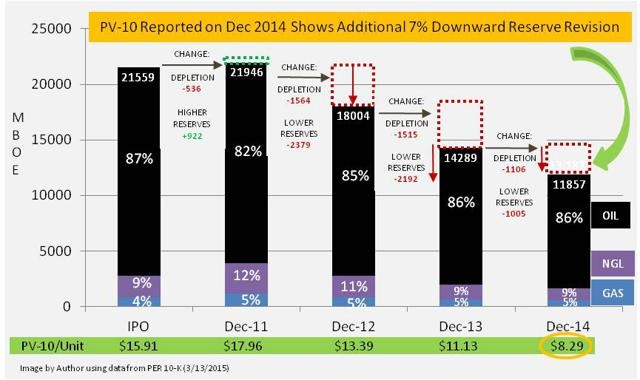Investors Beware the Yield Trap
Post on: 16 Апрель, 2015 No Comment

Follow Comments Following Comments Unfollow Comments
With record low interest rates, investors are clamoring for some kind of return on their money. And that means many have fallen into the trap of chasing yield and are often buying high risk, esoteric investment products that even the pros can’t figure out.
In other words: Investors, beware of the yield trap!
That’s the conclusion of Finra, the group of brokerage executives that self regulates the securities industry. In an alert message to investors last week titled “The Grass Isn’t Always Greener – Chasing Return In a Challenging Investment Environment,” Finra stresses that many investors right now are turning to riskier products in an attempt to increase their return. That’s called chasing yield in the securities business, and such a strategy comes with much greater risk.
The product lines Finra warns about include: high yield bonds; floating rate loan funds; structured retail products, which we previously challenged in our most recent blog, and leveraged products, such as leveraged ETFs and mutual funds.
We cannot stress this message loud enough: by the time Wall Street’s latest whiz bang product has fallen into the lap of the retail investor, the investor better scramble for cover before the product explodes. Time and time again, from technology stocks to auction rate securities and now structured products, the Street cooks up and packages products that institutional investors hold their noses at and won’t touch, so they get passed down the line to the last man standing: the unsophisticated retail investor.
Fittingly, the product lines listed above have all had booming sales figures recently, according to Finra. High-yield bond funds – known in the business as “junk bonds” – had $75 billion in new sales last year, and floating rate bond funds grew from $15 billion to $60 billion this April. (Floating rate funds invest in loans by financial institutions to business and have an investment grade of “junk” status. The terms speak for themselves.)
And the sale of structured products, which many retail brokers don’t understand even though they sell them, increased from $33 billion in 2009 to $54 billion in 2010.
Look, not all these products are dogs, and at times they may be suitable for a client who is willing to invest a small portion of his or her portfolio in a product with more risk in order to get a higher return. For example, responsible brokerage firms limit brokers from putting more than 5% to 10% of client assets in high-risk, alternative investments such as structured products.
But let’s be clear here. With booming sales, it appears that securities firms are failing to adhere to sensible guidelines that limit a client’s exposure to such products.
So, if you’re chasing yield, know that you’re really buying risk.
And that’s one trap you must avoid.
“Zamansky & Associates is a New York law firm which represents investors in court and arbitration cases against securities brokerage firms and issuers. The firm may represent investors in cases against companies mentioned in this blog.”














